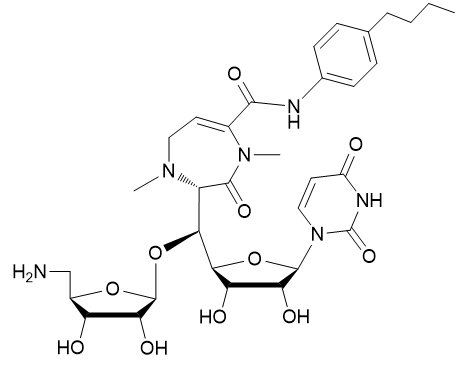CPZEN-45Projects
Project Leader, Masayuki Igarashi
Tuberculosis (TB) is currently a serious problem that the world is facing. In 2008, the World Health Organization (WHO) reported the alarming fact that incidence was 9.3 million and 1.3 million people have died due to TB.
Accompanied with a large number of patients, inadequate treatment or use of drugs lead to drug-resistance such as multi-drug resistant tuberculosis (MDR-TB) defined by resistance to isoniazid and rifampin and more virulent, extensively drug-resistant tuberculosis (XDR-TB). The latter TB is resistant to isoniazid and rifampicin among first-line anti-tubercular drugs, fluoroquinolone, and one of three second-line drugs, capreomycin, kanamycin, and amikacin. In such a serious situation, development of a new drug with new chemical structure and different mode of action compared with existing drugs is extremely desired.
Our institute was established in 1962 by Dr. Hamao Umezawa who discovered kanamycin, one of the second-line drugs above mentioned. Since then, we have continued to develop new drugs, and have been especially interested in anti-TB drugs.
In 2003, we discovered anti-TB antibiotics called caprazamycins, produced by the Actinomycete strain, Streptomyces sp. MK730-62F2.

After the SAR, we chose CPZEN-45 as a TB-drug candidate. CPZEN-45 is effective against both sensitive and resistant strains of TB.
In 2008, we joined "The Lilly TB Drug Discovery Initiative" and collaborate on further studies for the rapid development of this candidate.

 +81-3-3441-4173
+81-3-3441-4173  office@bikaken.or.jp
office@bikaken.or.jp